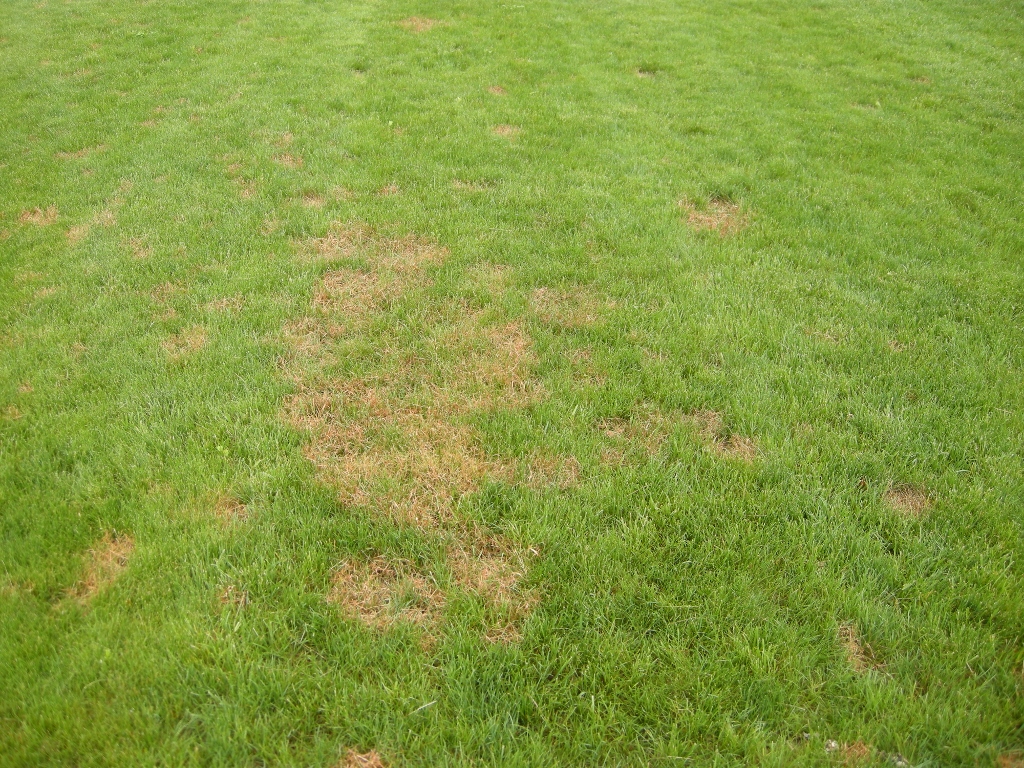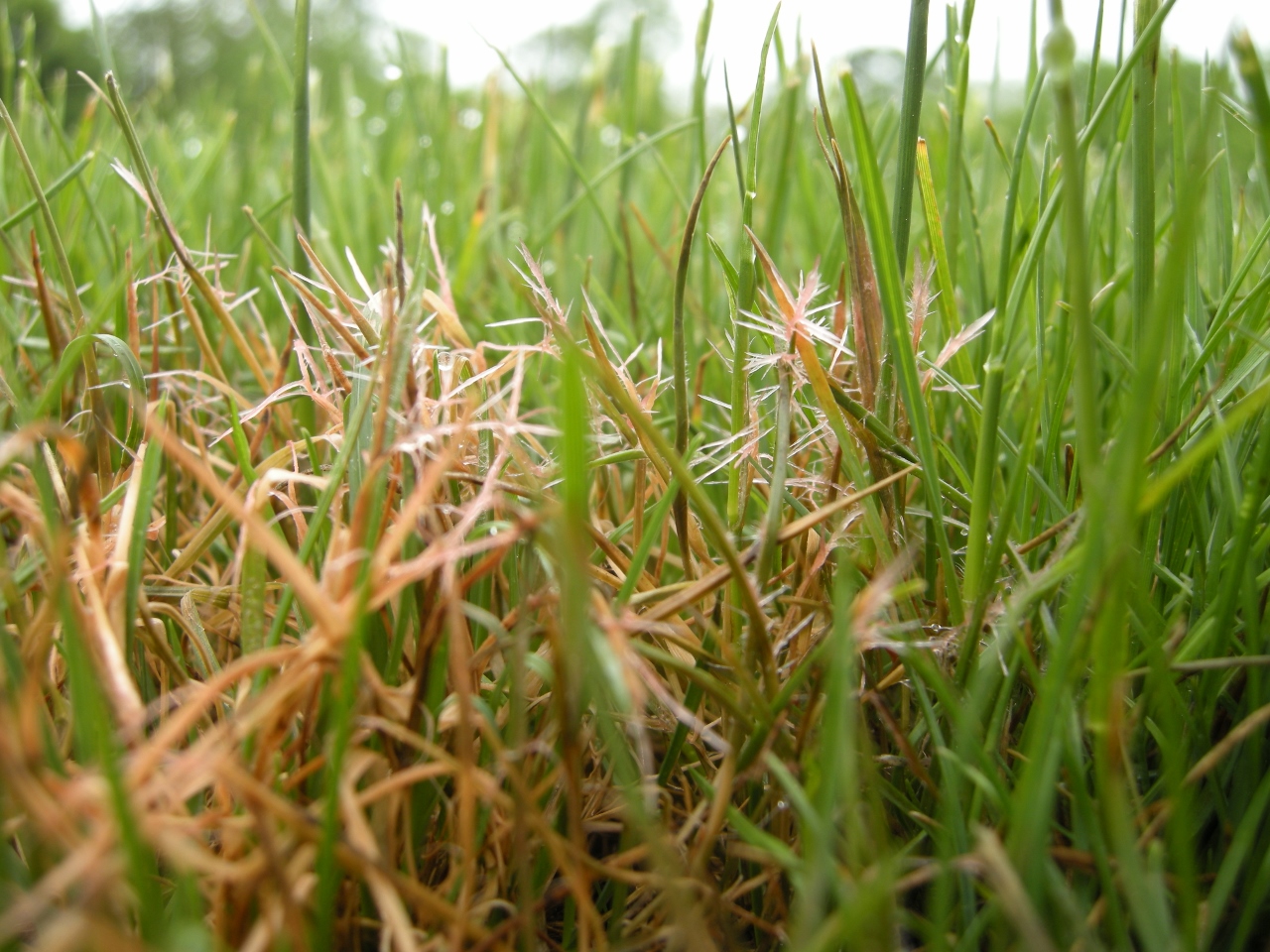Main Content

Several weeks ago the cool wet weather brought on some red thread disease activity that has increased over the past 4 to 5 days. Turfs under low maintenance, particularly low nitrogen fertility, have been the areas with
the greatest amount of red thread. This disease has been active on on slender and strong creeping red fescues, Chewings fescue, velvet bentgrass, perennial ryegrass, and tall fescue this spring.

Turf can be encouraged to grow out of this disease by applying a low rate of nitrogen fertilizer. Traffic on turf tends to disrupt activity of this pathogen on turf.
Rutgers Cooperative Extension Fact sheet FS798 has more information on red thread and pink patch diseases.